Faults and Fixes: Why your hands are so far from your body at impact
Have you ever seen your swing on video and realized that your hands were really far from your body at impact? There are drills and training aids teaching professionals use to correct this swing flaw, but by and large they are ineffective because they usually do not address the root cause of the fault.
The most common reason golfers get their hands away from their body is to flatten out a golf club that is too steep coming down. Here are few things golfers do to put the club in a better position to hit the ball when they are too steep in transition:
- Raise the handle at impact
- Raise the swing center
- Shorten the radius of the lead arm (chicken wing)
- “Reverse Pivot” (back up)
What they also do, which is by no means last in importance, is swing the hands OUT and AWAY from their body. This horizontal motion with the hands will flatten the club, but it leaves a golfer in a poor position to hit the golf ball; that is, not connected to the body. In my experience, this is the move I see golfers use most often to correct a golf club that is too steep in transition. You can see it in action in the video at the top of this story.
There are drills we could offer to correct the hand path, but trying to keep your hands in closer to your body does not correct the transition and will likely leave you hitting fat shots every time.
Let’s start with the most frequent result of sending the hands out: heel hits and shanks. Spray the face of your golf club or put some face tape on it. If you notice all your impact marks near the heel, you need to keep your hands closer to the body.
The one drill I use most often to start the fix is to place an empty water bottle in your right pocket (if you’re right handed). Make a few practice swings trying to crunch the bottle. You’ll hear it make the plastic noise as your right arm hits the bottle. The BenderStik is another good tool for feeling the motion. You could also place a tee INSIDE the ball you’re trying to hit and attempt to hit IT. This may give you a feeling of your hand path staying in… but that’s IF and ONLY IF you’re hitting the heel.
Here’s the big IF in this series; IF you see the hand path WAY OUT on video and you’re hitting the TOE, then you have to learn a flatter downswing. The golf club has to lower in transition so that it can swing on a more horizontal plane into the golf ball. The root cause of the problem has to be corrected at some point.
So we come back to my original reason for writing this series: Knowing what to correct and when, and the answer is always impact. I see toe hits with hands way out from the body and I see heel hits with hands in close to the body every day. It all depends on the inclined plane the golf club is on as it swings into impact.
Read back through my articles for GolfWRX. You’ll see a common thread that runs through most of them. The golf club gets too steep in transition and the golfer reacts to that club being out of position. In other words, the BODY reacts to the CLUB, not the other way around. There is no greater proof of that than this: MOST steep swings have a shallow attack angle. Sending the hand path OUT is just another example of that dynamic in action.
Finally, for anyone who is too steep in transition, I HIGHLY recommend hitting a LOT of golf balls with the ball above your feet on a side hill lie. This cannot be overdone if the handle of your golf club is pointing at the ground in transition. It provides a horizontal orientation to playing golf. We can never forget golf is a SIDE-ON game, and that part of it has to addressed as much as the up and down part.
Related
- LIKE86
- LEGIT10
- WOW3
- LOL4
- IDHT5
- FLOP4
- OB1
- SHANK24
Instruction
Clement: Stop ripping off your swing with this drill!

Not the dreaded headcover under the armpit drill! As if your body is defective and can’t function by itself! Have you seen how incredible the human machine is with all the incredible feats of agility all kinds of athletes are accomplishing? You think your body is so defective (the good Lord is laughing his head off at you) that it needs a headcover tucked under the armpit so you can swing like T-Rex?
- LIKE0
- LEGIT1
- WOW2
- LOL0
- IDHT0
- FLOP0
- OB0
- SHANK2
Instruction
How a towel can fix your golf swing

This is a classic drill that has been used for decades. However, the world of marketed training aids has grown so much during that time that this simple practice has been virtually forgotten. Because why teach people how to play golf using everyday items when you can create and sell a product that reinforces the same thing? Nevertheless, I am here to give you helpful advice without running to the nearest Edwin Watts or adding something to your Amazon cart.
For the “scoring clubs,” having a solid connection between the arms and body during the swing, especially through impact, is paramount to creating long-lasting consistency. And keeping that connection throughout the swing helps rotate the shoulders more to generate more power to help you hit it farther. So, how does this drill work, and what will your game benefit from it? Well, let’s get into it.
Setup
You can use this for basic chip shots up to complete swings. I use this with every club in my bag, up to a 9 or 8-iron. It’s natural to create incrementally more separation between the arms and body as you progress up the set. So doing this with a high iron or a wood is not recommended.
While you set up to hit a ball, simply tuck the towel underneath both armpits. The length of the towel will determine how tight it will be across your chest but don’t make it so loose that it gets in the way of your vision. After both sides are tucked, make some focused swings, keeping both arms firmly connected to the body during the backswing and follow through. (Note: It’s normal to lose connection on your lead arm during your finishing pose.) When you’re ready, put a ball in the way of those swings and get to work.

Get a Better Shoulder Turn
Many of us struggle to have proper shoulder rotation in our golf swing, especially during long layoffs. Making a swing that is all arms and no shoulders is a surefire way to have less control with wedges and less distance with full swings. Notice how I can get in a similar-looking position in both 60° wedge photos. However, one is weak and uncontrollable, while the other is strong and connected. One allows me to use my larger muscles to create my swing, and one doesn’t. The follow-through is another critical point where having a good connection, as well as solid shoulder rotation, is a must. This drill is great for those who tend to have a “chicken wing” form in their lead arm, which happens when it becomes separated from the body through impact.
In full swings, getting your shoulders to rotate in your golf swing is a great way to reinforce proper weight distribution. If your swing is all arms, it’s much harder to get your weight to naturally shift to the inside part of your trail foot in the backswing. Sure, you could make the mistake of “sliding” to get weight on your back foot, but that doesn’t fix the issue. You must turn into your trial leg to generate power. Additionally, look at the difference in separation between my hands and my head in the 8-iron examples. The green picture has more separation and has my hands lower. This will help me lessen my angle of attack and make it easier to hit the inside part of the golf ball, rather than the over-the-top move that the other picture produces.


Stay Better Connected in the Backswing
When you don’t keep everything in your upper body working as one, getting to a good spot at the top of your swing is very hard to do. It would take impeccable timing along with great hand-eye coordination to hit quality shots with any sort of regularity if the arms are working separately from the body.
Notice in the red pictures of both my 60-degree wedge and 8-iron how high my hands are and the fact you can clearly see my shoulder through the gap in my arms. That has happened because the right arm, just above my elbow, has become totally disconnected from my body. That separation causes me to lift my hands as well as lose some of the extension in my left arm. This has been corrected in the green pictures by using this drill to reinforce that connection. It will also make you focus on keeping the lead arm close to your body as well. Because the moment either one loses that relationship, the towel falls.


Conclusion
I have been diligent this year in finding a few drills that target some of the issues that plague my golf game; either by simply forgetting fundamental things or by coming to terms with the faults that have bitten me my whole career. I have found that having a few drills to fall back on to reinforce certain feelings helps me find my game a little easier, and the “towel drill” is most definitely one of them.
- LIKE11
- LEGIT1
- WOW2
- LOL0
- IDHT0
- FLOP2
- OB0
- SHANK8
Instruction
Clement: Why your practice swing never sucks
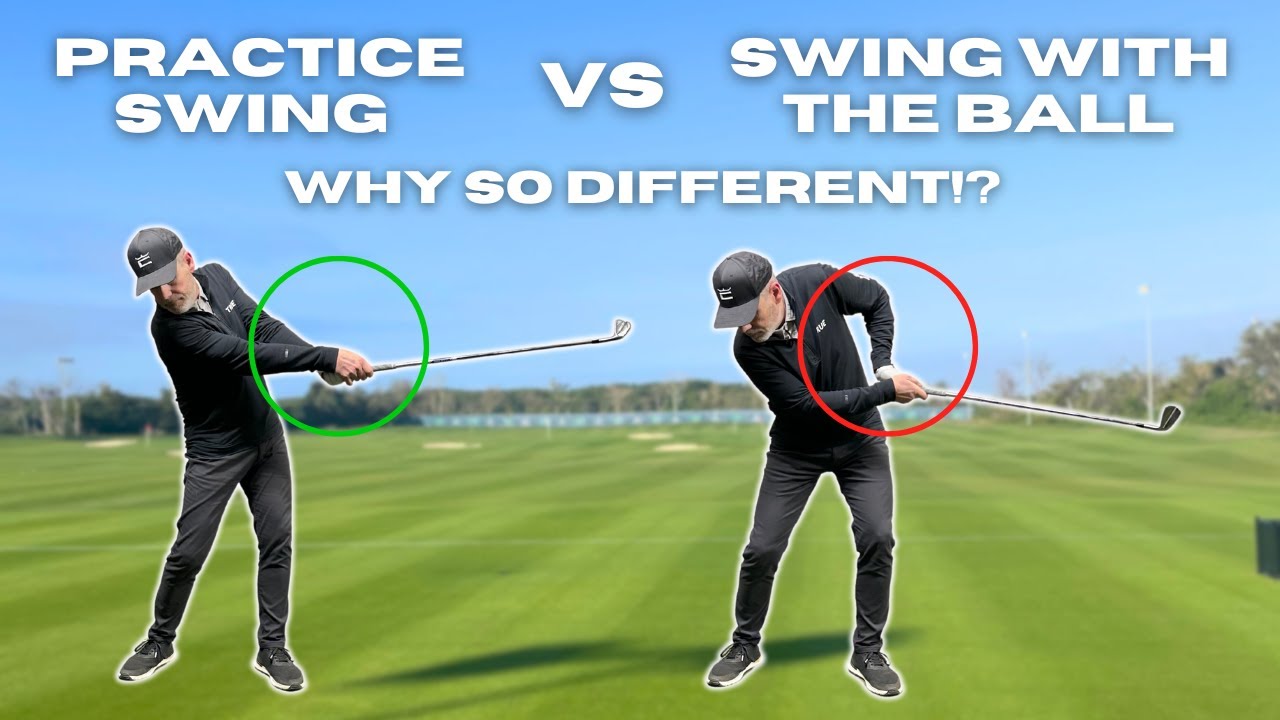
You hear that one all the time; I wish I could put my practice swing on the ball! We explain the huge importance of what to focus on to allow the ball to be perfectly in the way of your practice swing. Enjoy!
- LIKE0
- LEGIT0
- WOW0
- LOL0
- IDHT0
- FLOP0
- OB0
- SHANK2
-

 Whats in the Bag3 weeks ago
Whats in the Bag3 weeks agoAnthony Kim WITB 2024 (February)
-
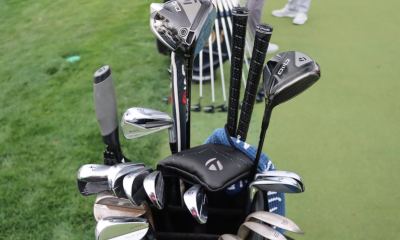
 Whats in the Bag2 weeks ago
Whats in the Bag2 weeks agoScottie Scheffler WITB 2024 (March)
-
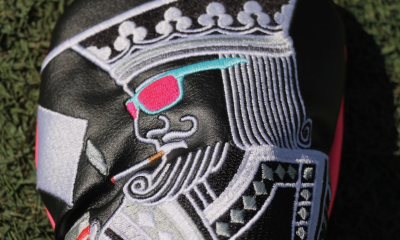
 Tour Photo Galleries2 weeks ago
Tour Photo Galleries2 weeks agoPhotos from the 2024 Arnold Palmer Invitational
-
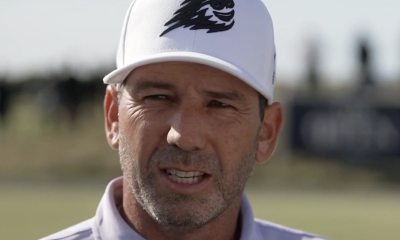
 19th Hole3 weeks ago
19th Hole3 weeks agoThe total sum that Sergio Garcia needs to pay in fines if he wants to return to DP World Tour revealed
-
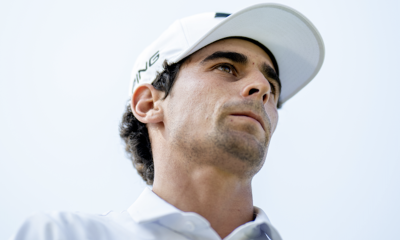
 19th Hole2 weeks ago
19th Hole2 weeks agoJoaquin Niemann names 3 PGA Tour events he’d love to play each year ‘in a perfect world’
-
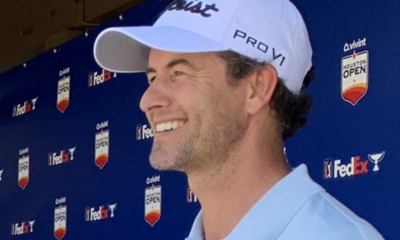
 19th Hole2 weeks ago
19th Hole2 weeks ago‘Seems suspect’ – PGA Tour pro hits out at decision to hand Adam Scott and Webb Simpson Bay Hill sponsor exemptions
-
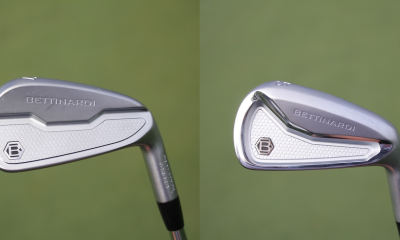
 Equipment2 weeks ago
Equipment2 weeks agoSpotted: Bettinardi irons at the Arnold Palmer Invitational
-

 19th Hole2 weeks ago
19th Hole2 weeks agoPaulina Gretzky opens up on receiving death threats following DJ’s move to LIV Golf









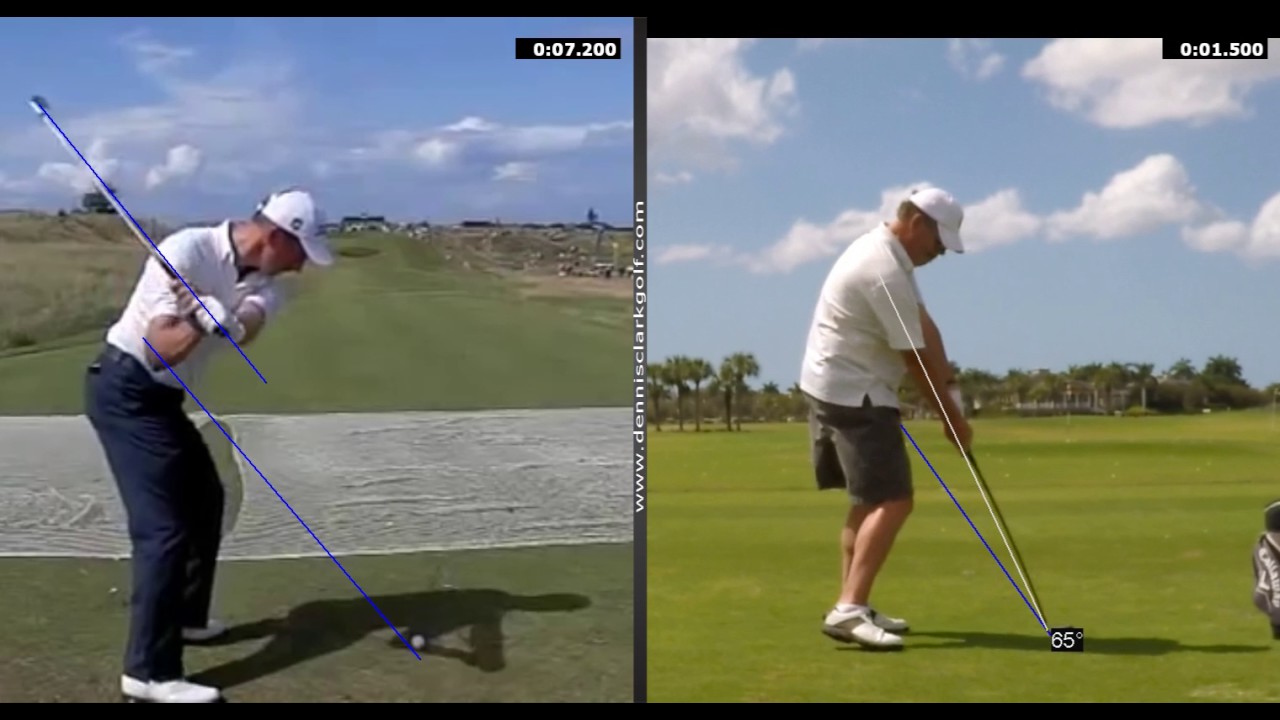


Jason
Jun 23, 2017 at 10:17 am
Dennis: Enjoy reading your posts. I have watched this post and also went back to viewed your previous articles. I am a golfer suffering with early extension and high hands (fats, shanks, blocks) and all methods I have tried (bumping shaft behind rear, alignment rod across hips, golf bag behind rear, pushing rear back, squatting in D/S) have not worked. I am wondering if this is due to your thoughts on steepness. When you refer to the hand path – is it simply the path of hands from top to impact? Should the clubhead be under this path at all times in the swing not just in transition? On video, I am across the line with clubhead above this path at the top then clubhead basically traces the hand path all the way down and maybe slightly above at impact. Again, no matter what I try I can’t achieve impact position of body in same posture and shaft on same plane as address..no matter what I try!
dennis clark
Jun 25, 2017 at 9:13 pm
Id have to see a video but generally it is much easier to “lay it off” at the top than to “lay it down” in transition…but yes the steep transition is likely the reason for early extension
ButchT
Jun 19, 2017 at 9:21 pm
Dennis: is the same good effect that is produced by dropping the club under the plane line in transition duplicated by simply being flatter in the takeaway and maintaining that flatness in the downswing? Or, do you still have to come under the plane line (hands) in the downswing?
Thank you for your contribution to golfwrx! Butch.
Dennis Clark
Jun 20, 2017 at 8:20 pm
either way is fine as long as the club gets onto a hitting incline early in th downswing. The butt pointed at the ground leads to the variety of errors I’ve listed. Thx
Dennis Clark
Jun 20, 2017 at 8:23 pm
Butch…and thank you for your respectful comment. Those of us who spend our every day with struggling golfers and have seen every imaginable swing flaw, try to share those experiences with the readers of WRX. It’s nice to know that some of you appreciate it.
Bobalu
Jun 19, 2017 at 11:21 am
Just google GGSwingtips and watch GG’s YouTube videos to find out how to correct this problem without using instructional bandaids (like the old classic empty water bottle in the trail pocket- decent feel drill but simply does not address the root problem). Make the effort to rebuild your pivot and learn how to stop your hip sliding, stalling, and poor rotation that causes your pelvis and hands to move out and causes you to stand up with in an early release of the club. If not, you will continue to get crappy impact and loss of distance. If you are sufficiently motivated, you can learn how to stop goat humping. It starts with changing the pivot motion (to stop the hip slide) and learning how to rotate and square the clubface with rotation. Use the ground forces correctly. Take the stress off your body. Some body types may not be able to pull it off, but most golfers can do it if they are motivated. Are you willing to put in some effort to get better or do you just want more bandaid drills from frustrated coaches?
Steve
Feb 4, 2021 at 4:58 am
What are you rotating??
Loz
Jun 18, 2017 at 4:05 pm
Flattening the shaft seems to have been covered by every popular YouTube channel in recent weeks. My problem is that I’m 6′ 4″ and have very poor flexibility. Even when I was young I could never touch my toes. Some channels specifically mention this as a cause of early extension and suggest stretching exercises. Your comment about hitting off a side hill lie was interesting. I always hit the ball well off that lie, but strangely also generally don’t struggle with the ball below my feet. I have a very large wrist to floor measurement, I come out 5 degrees upright on on pings scale. I’ve tried and tried and tried (till my thumb bled) but cannot flatten the club in transition. I’m a 4 hcp and generally a good ball striker, but video analysis didn’t exist when I started playing in the mid 80’s, neither did good instruction in my area, so I never knew I had this bad flaw in my swing. Any tips for the taller player would be much appreciated. Thanks.
Dennis Clark
Jun 20, 2017 at 8:27 pm
Well look at Kuchar…just because one is tall does not mean he/she has to have an upright golf swing. If your video or Tman numbers suggest that an up-and-down dominant motion is hurting you, I would certainly try flattening the downswing arc. Regardless of height. But I’d have the see the swing before I’d say for sure. Thx
Dennis clark
Jun 18, 2017 at 10:21 am
Physical limitations and variations certainly play a role in the swing pattern that is adopted by some golfers. It is not however a panacea for more biomechanically “correct” motions. This does however open a much larger discussion on the relationship of the body and arms/hands/club. Historically the approach in swing corrections has tended to favor how the body is ACTING at various points in the swing. It has been my experience that the body often REACTS to the position of the golf club. A classic example might be a very extended lead wrist (cupped) at the top of the swing and a vertical pull down of the handle-From where the body is compelled to try and get the golf club back into position. I have found little to no evidence that the torso or pelvic movement can correct this resultant steepness of the golf club, which again is held by the hands/arms. I have had much better success when changing the golf club/hands/arms position ALLOWING for a more efficient force being applied to the golf club. Certainly I agree with your analysis of the variety of body types and the requisite allowances for them, but regardless of the type, the golf club must get into a position to which the body can react in a better, more effective way. Again just my experience. Thx
Nathan
Jun 18, 2017 at 11:57 pm
This is the near future of golf instruction.
Getting away from this nonsense of changing body positions to change the club head position/motion
…it should be the exact opposite in my opinion.
Change the club head position/motion in order to naturally correct the body positions.
Dennis clark
Jun 17, 2017 at 9:35 pm
It would not hurt. But really I don’t think there is any one body much be that, in and of itself, changes the golf club. Hands and arms change club incline. Flatter lead wrist, sending rear elbow out in front of the ribs,extending right wrist etc…experiment and find what works for you.
BCKnoll
Jun 17, 2017 at 1:54 pm
Do you feel the little sit down move ala Sam Snead enough to drop a volleyball from between the knees helps shallow out the club/ plane…..